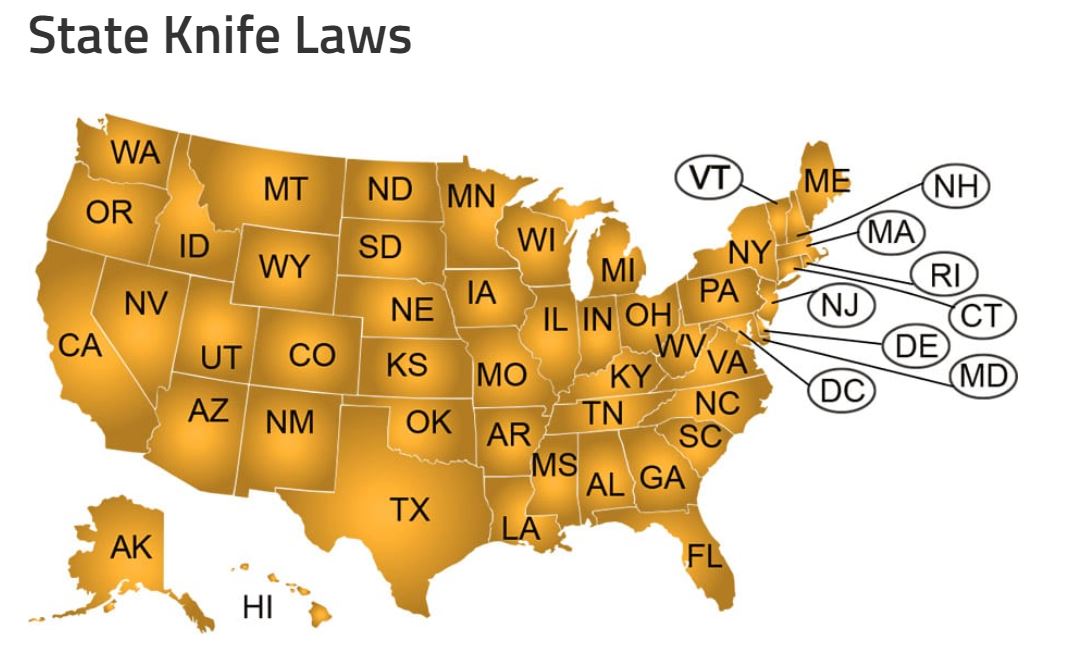Safety
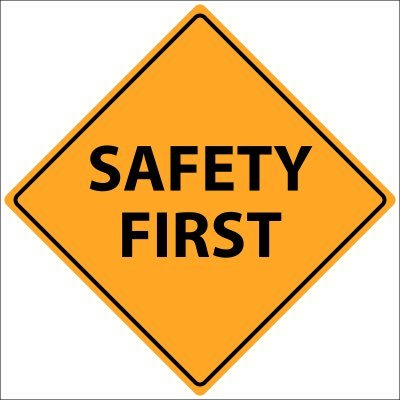
Pocket knifes are an essential everyday tool for many people and should be used properly and with care.
Their sharp edges can potentially cause serious and or permanent injury if not used properly.
Laws
Laws regarding the carry of pockets knives can vary from state to state.
There is a variety of pocket knives available for you to use. Simple folding pocket knives are allowed by most states, but others such as switch blades (automatic knives) are typically illegal to possess.
Pocket Knives in most states are considered as a deadly weapon and will treated as such by most laws.
Always be sure to know your state and local laws regarding the carry and possession of pocket knives.
Click on the map below to learn more about your state's laws regarding pocket knife provided by The American Knife and Tool Institute.
Also, be sure to check your local (city or jurisdiction) laws, which may be different from the state's law, if the state does not have preemption laws.
Statewide Preemption Laws
Unless your state has Statewide-Preemption Laws, your local city or jurisdiction may implement their own laws regarding knives.
Statewide-Preemption laws give the state sole authority on carry of pocket knives.
Federal Laws
Federal laws are also important to consider when carrying a pocket knives.
TSA does not allow any carry on pocket knives and those will need to be carried in checked baggage.
Buying Your First Pocket Knife
Now that you've learned about your state and local laws it's time to buy your first pocket knife.
Pocket knives come in all shapes and size, so which should you buy?
Things to Consider When Buying a Pocket Knife
We will show you the key features so that you can find the most reliable and dependable EDC pocket knife.
Knife is a Tool
Generally speaking a pocket knife is mostly commonly used as a tool for daily activities such as food prep, opening boxes, cutting ropes, camping, or other life's inconveniences.
Self-Protection
A pocket knife can also be a self-defense tool that can be potentially save your or some else's life.
As a police officer, I was trained to consider a pocket knife as an essential everyday carry item on my duty belt (sort of speak) and I always carried one on me.
It can be used as a back up weapon that can potentially save your life or it can be used as a tool to save someone else's life.
E.g. cutting a seatbelt to rescue someone trapped in a vehicle.
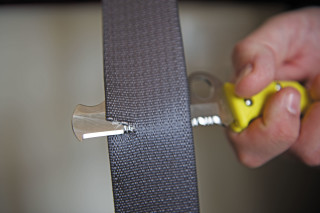
Pocket Knife Anatomy
Pocket knife can be by design a complex tool and almost every aspect of the it has a purpose.
As you begin to navigate through the world of EDC pocket knives, here is the typical anatomy of pocket knife. Not every pocket knife will include the listed features.



Blade Shape: shape of the blade will have an impact on how and what you're able to cut. Read More.
Serrated edge blades are commonly used for cutting through tough materials vs plain edge that are used for softer materials.
Blade Material: material is important for strength, sharpness, and durability of the blade.
Handle: handle will vary in shape and size, which can have an impact on how well you can grip of your pocket knife and the power of your cut.

Size: size is important for legal reasons, concealment, ergonomics, and portability. Most state laws will limit blades length.
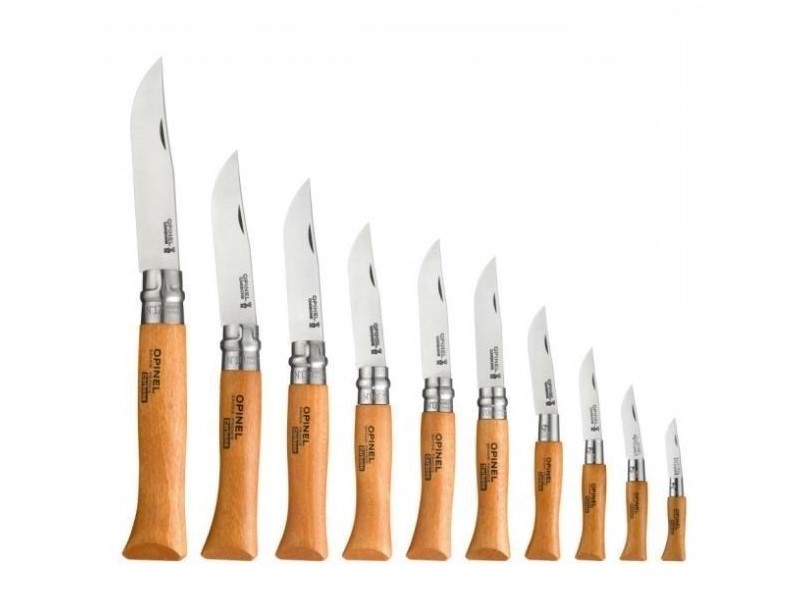
Mechanism: pocket knives have many different opening, closing, and locking mechanism. E.g. assisted, manual, swing, axis lock, etc.
Ergonomics: design of your pocket knife is important. If size is too small, you may not be able to grip it properly.
Comfortable and a secure grip is important for safety power of your cut.
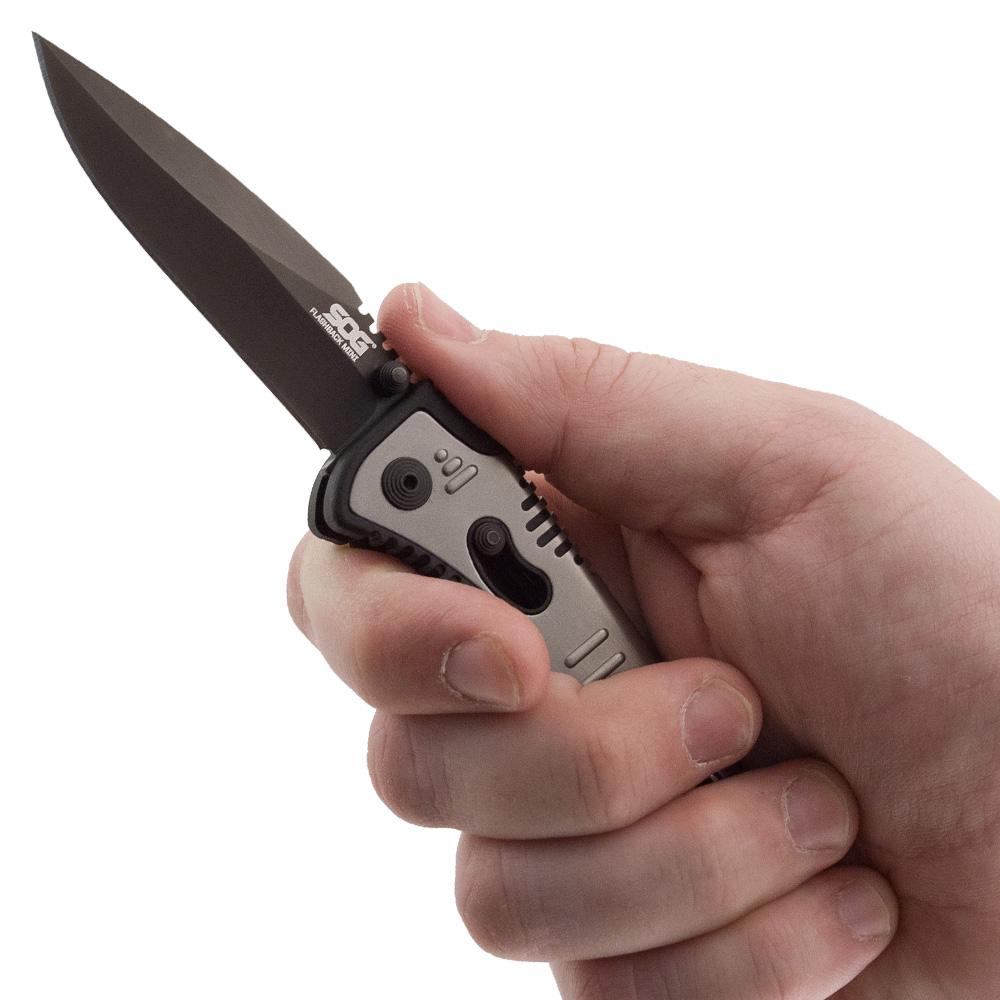
Proper Maintenance
Made sure to maintain a sharp and straight blade. Using a dull blade is dangerous and one of the most common cause of injury when using a pocket knife.
Sharpening and Honing the Blade
Blades get dull, but they also can bend. Sharpening the edge of the blade is actually chipping away metal from to make the blades edge sharp, but honing is straightening the blades edge when they bend.
Both are important to have a sharp blade for easy, smooth, and most importantly as safe cut.
Also, maintain the blades best edge angle.
Carrying Your Pocket Knife
Keep it simple! The best place to carry your pocket knife is inside of any of your pockets.
It will conceal well inside the pocket and you won't get any unwanted attention from people that may become overly concern about your pocket knife.
Again, conceal carrying a pocket knife can in some states be considered carrying a concealed weapon and require a CCW permit.
Know your state and local laws regarding carrying of a pocket knife.

